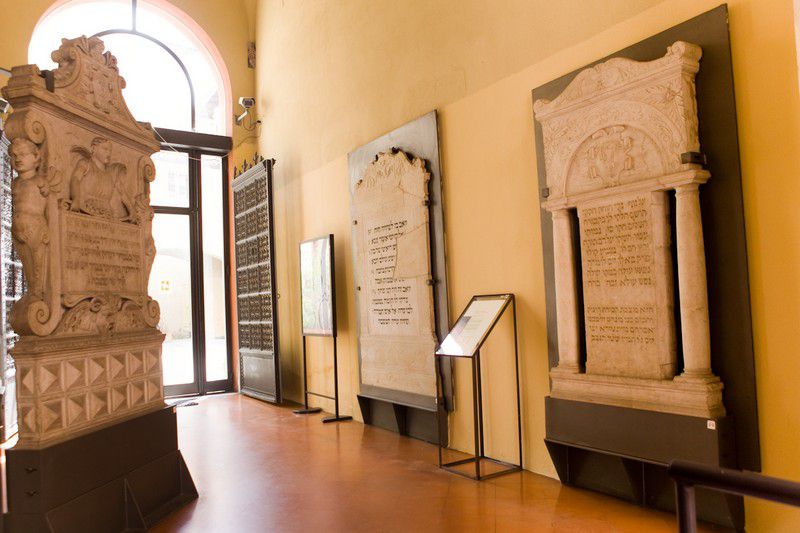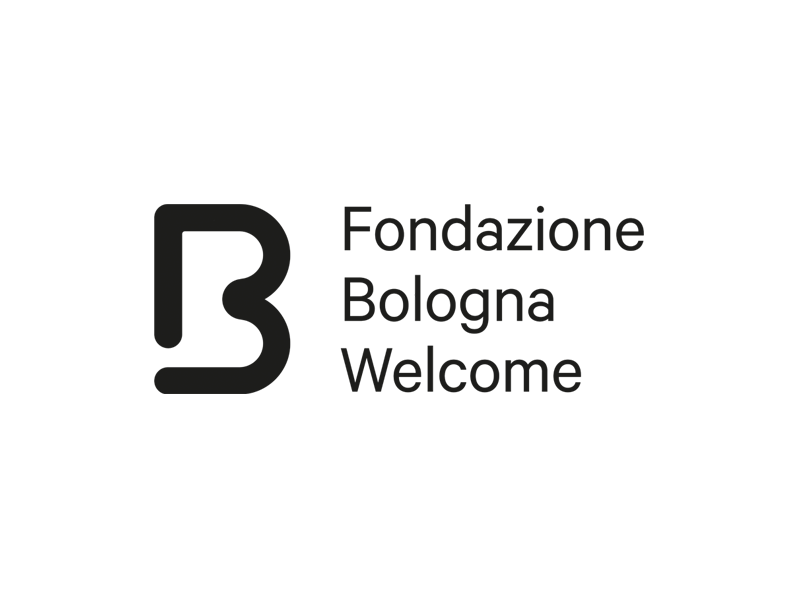Story of Bologna districts: the former Jewish ghetto
Updated on 26 September 2025 From Bologna Welcome
The ancient Jewish ghetto, inthe heart of the medieval centre, still retains its original structure. A maze of alleyways and suspended passages, covered bridges and small windows that tells thestory of an entire community, that was forced to live in a confined area of Italian cities by the Church-State from 1556.
In the heart of the medieval center, the ancient Jewish Ghetto
of Bologna still preserves its original structure: a maze of
alleys, suspended passages, covered bridges and small windows.
From 1556, the Papal State forced Jews to live here, in a
confined and guarded space.
The Jews remained until 1569, when they were
expelled for the first time, and then again between 1586, when they were allowed
to return to the city, and 1593, the year of the final expulsion.
The heart of the district is Via dell’Inferno,
probably named for its poor lighting and unwelcoming reputation.
From here branch out narrow streets:
➝ In January 2020 the first 15 stumbling stones were laid in Bologna: in Via de' Gombruti 9, Via del Cestello 4, Strada Maggiore 13 and Via Rimesse 25.
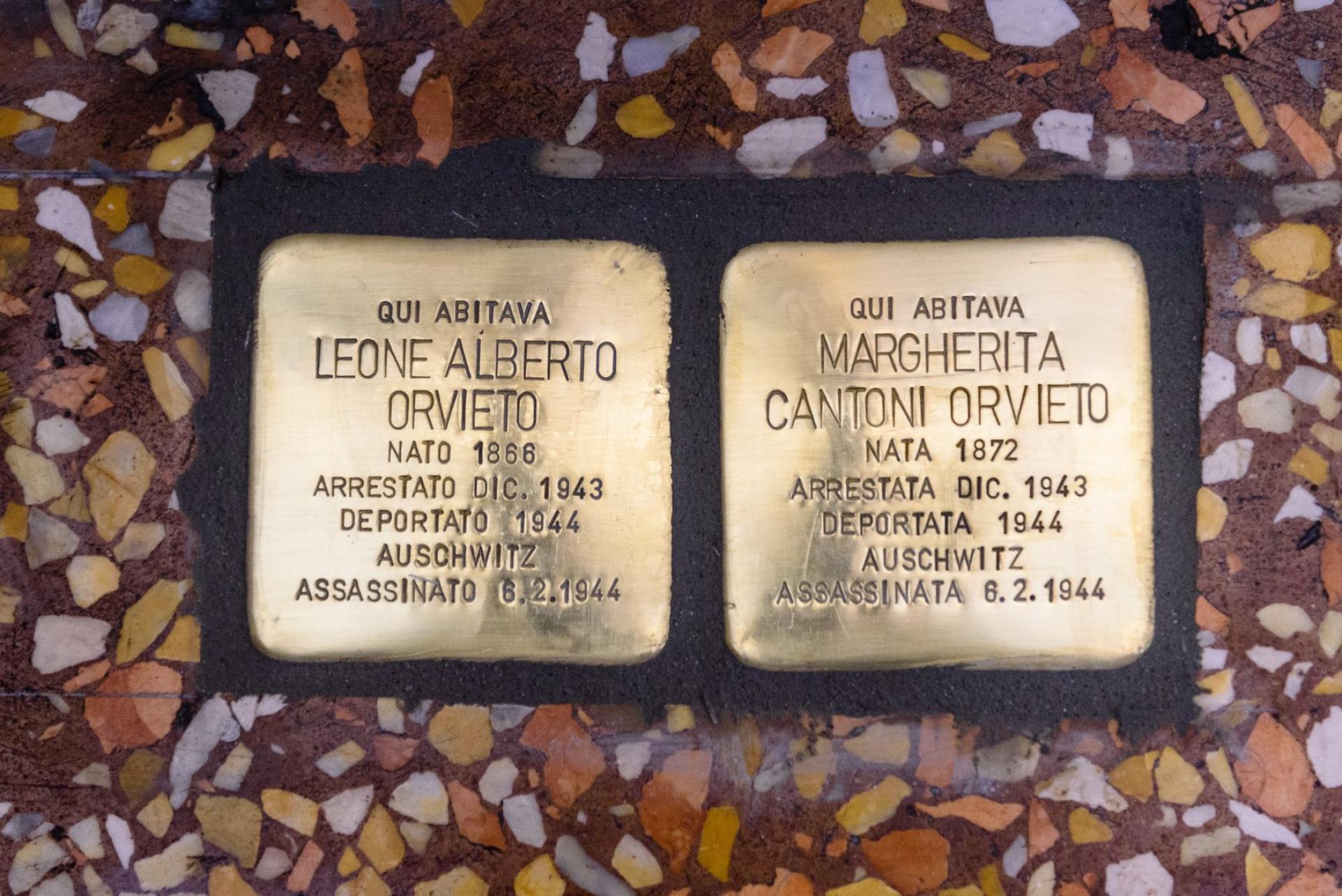
Stumbling stones in Via de' Gombruti 9; via storiaememoriadibologna.it
At Via dell’Inferno 16 stands the ancient seat of the Synagogue, built in the mid-19th century. Damaged
during World War II, it was restored in 1955 and reopened
to the city.
Today, the Synagogue, still in use, includes a large
and a small
hall, both open to the public and visitable with a guided tour upon reservation. ➝ For more information, visitthe official website
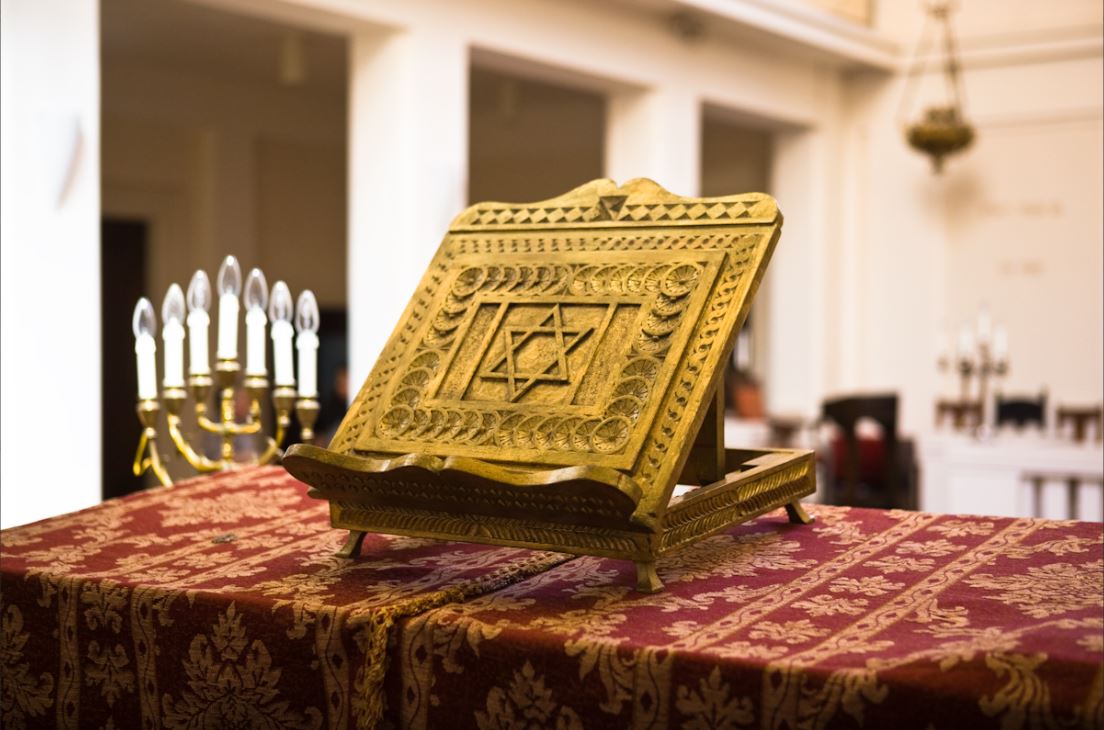
The Ghetto was closed by guarded gates, opened in the
morning and sealed at sunset:
The only entrance to the former Ghetto still recognizable today is the Voltone
of Palazzo Manzoli‐Malvasia, connecting the
church of San Donato (18th century) with the ancient 13th-century Palazzo
Manzoli, later Malvasia.
Beyond its historical value, the Jewish Ghetto is one of the most
characteristic areas of Bologna:
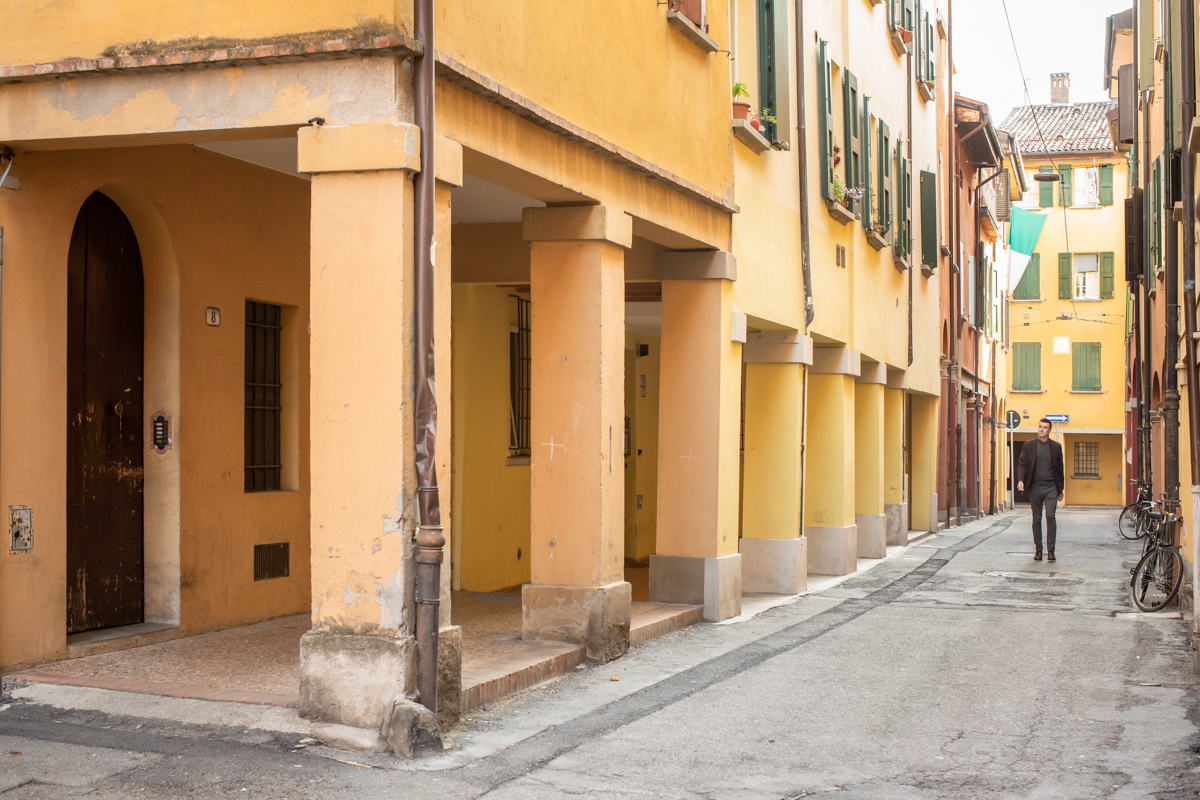
To delve deeper into the history of the Jewish community, don’t
miss the Jewish Museum of Bologna, inaugurated on May 9,
1999, at Via Valdonica 1/5. The museum, housed in the 16th-century
Palazzo Pannolini, a building owned by the Municipality of Bologna, preserves and
showcases a unique heritage connected to the city and the entire Emilia‐Romagna region.
The Museum covers 500 m², divided into three sections: the permanent collection, temporary exhibitions on the ground floor, and a documentation center on the first floor.
